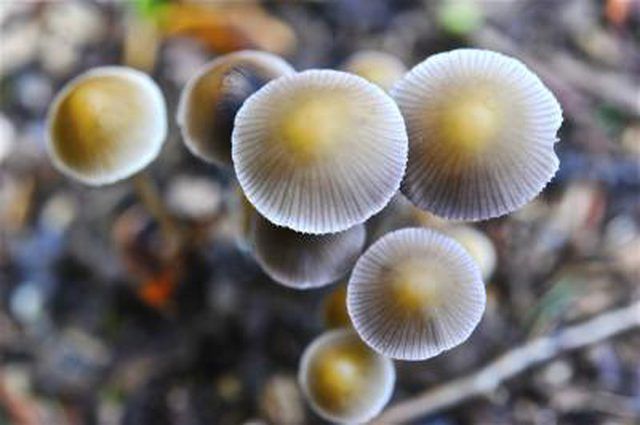Bulbs
Flower Basics
Flower Beds & Specialty Gardens
Flower Garden
Garden Furniture
Garden Gnomes
Garden Seeds
Garden Sheds
Garden Statues
Garden Tools & Supplies
Gardening Basics
Green & Organic
Groundcovers & Vines
Growing Annuals
Growing Basil
Growing Beans
Growing Berries
Growing Blueberries
Growing Cactus
Growing Corn
Growing Cotton
Growing Edibles
Growing Flowers
Growing Garlic
Growing Grapes
Growing Grass
Growing Herbs
Growing Jasmine
Growing Mint
Growing Mushrooms
Orchids
Growing Peanuts
Growing Perennials
Growing Plants
Growing Rosemary
Growing Roses
Growing Strawberries
Growing Sunflowers
Growing Thyme
Growing Tomatoes
Growing Tulips
Growing Vegetables
Herb Basics
Herb Garden
Indoor Growing
Landscaping Basics
Landscaping Patios
Landscaping Plants
Landscaping Shrubs
Landscaping Trees
Landscaping Walks & Pathways
Lawn Basics
Lawn Maintenance
Lawn Mowers
Lawn Ornaments
Lawn Planting
Lawn Tools
Outdoor Growing
Overall Landscape Planning
Pests, Weeds & Problems
Plant Basics
Rock Garden
Rose Garden
Shrubs
Soil
Specialty Gardens
Trees
Vegetable Garden
Yard Maintenance
How to Identify Edible Wild Mushrooms
How to Identify Edible Wild Mushrooms. Wild mushrooms are one of nature's gifts and quite delicious. The problem is that most people recognize the edible ones only if they find the mushrooms wrapped in cellophane and stacked in the cooler at the grocery. Several parts of the edible mushrooms are different from look-alike poisonous mushrooms, but it...
Wild mushrooms are one of nature's gifts and quite delicious. The problem is that most people recognize the edible ones only if they find the mushrooms wrapped in cellophane and stacked in the cooler at the grocery. Several parts of the edible mushrooms are different from look-alike poisonous mushrooms, but it varies with the species. Knowing which ones are edible makes the difference between a feast and a trip to the emergency room.
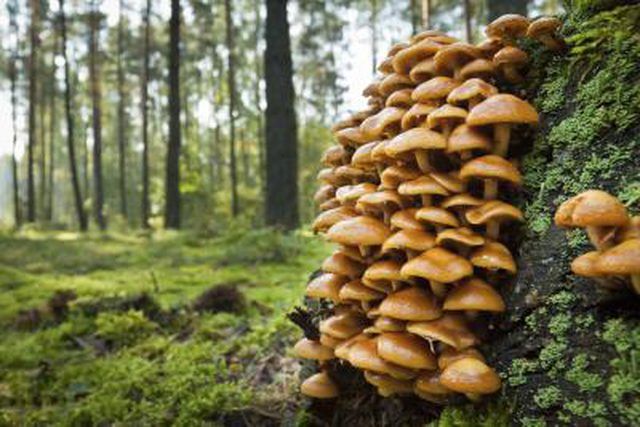
Things You'll Need
Field guide
Glass plate
Knife
Drinking glass
Step 1
Select one type you want that grows in your area. Study the picture of the mushroom so you can identify it when you see it. Once you identify one easily, work on the next one.
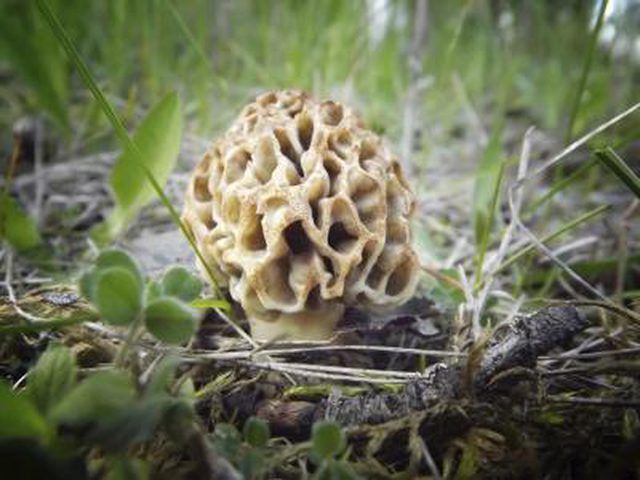
Step 2
Learn all the poisonous mushrooms that look similar to this particular one. The chanterelle mushroom is quite edible but it has a poisonous cousin called the jack-o-lantern mushroom, Omphalotus olearius, which looks similar, smells similar and even tastes good. The difference between the two is gills, chanterelles have ridges, jack-o-lanterns have gills.

Step 3
Focus on the differences. False morels, Ptycoverpa bohemica, and morels, Morchella spp, have differences in the cap connection, the cap itself and the interior of the stem. False morels contain varying amounts of monomethyl hydrazine, MMH, a toxin.
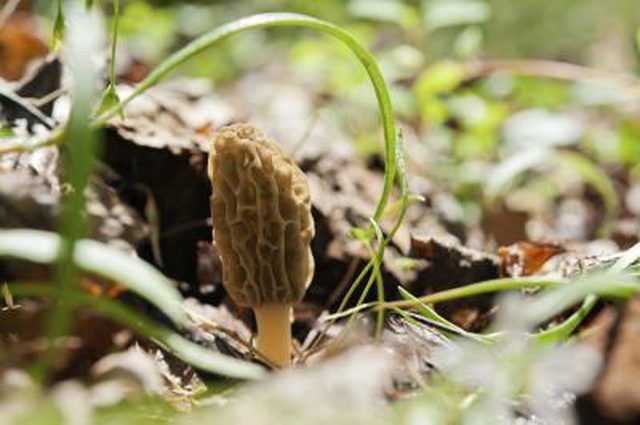
Step 4
Hunt for mushrooms that don't look like poisonous ones. Hen-of-the-woods, Grifola frondosa, grows on dying oaks and hardwoods. There are imposters that look similar but they taste bad and are not poisonous.
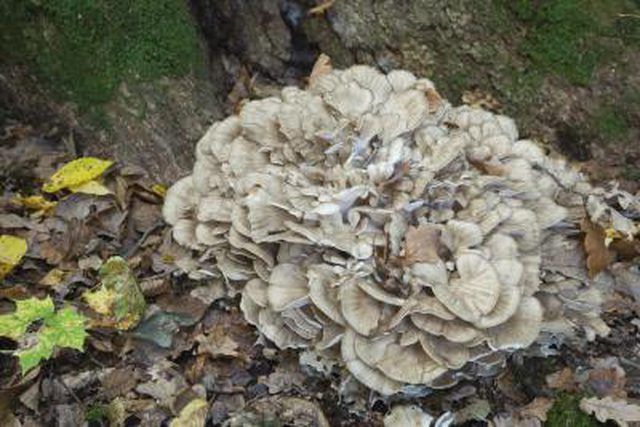
Step 5
Cut it open and see what's inside. Puffballs, Lycoperdon ssp and Calvatia ssp, are easy to spot but you have to cut one open to make certain what you found isn't an immature amanitas, Amanita spp. The amanitas have a developing stalk, with a cap and gills inside. The puffball should look pure white and solid like a white bread. The amanitas are highly toxic.
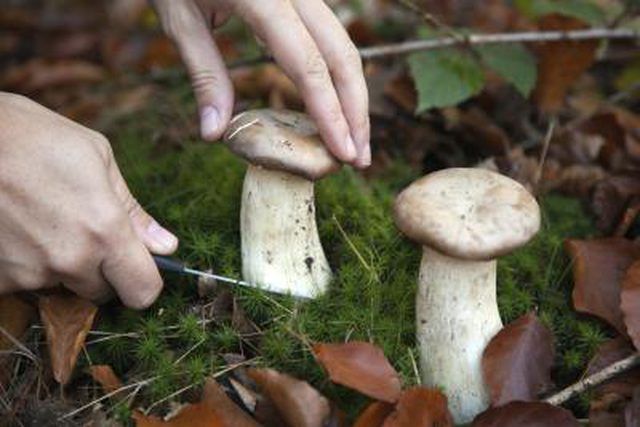
Step 6
Find out the spore color. You can make a spore print of a more mature mushroom to help identify the species. Simply take the cap off the stem of the mushroom and put it on top of a piece of clear glass. Cover it with a glass overnight. Lift away the mushroom to see the spore print. Field guides on mushrooms often tell you the color of the spore print.
